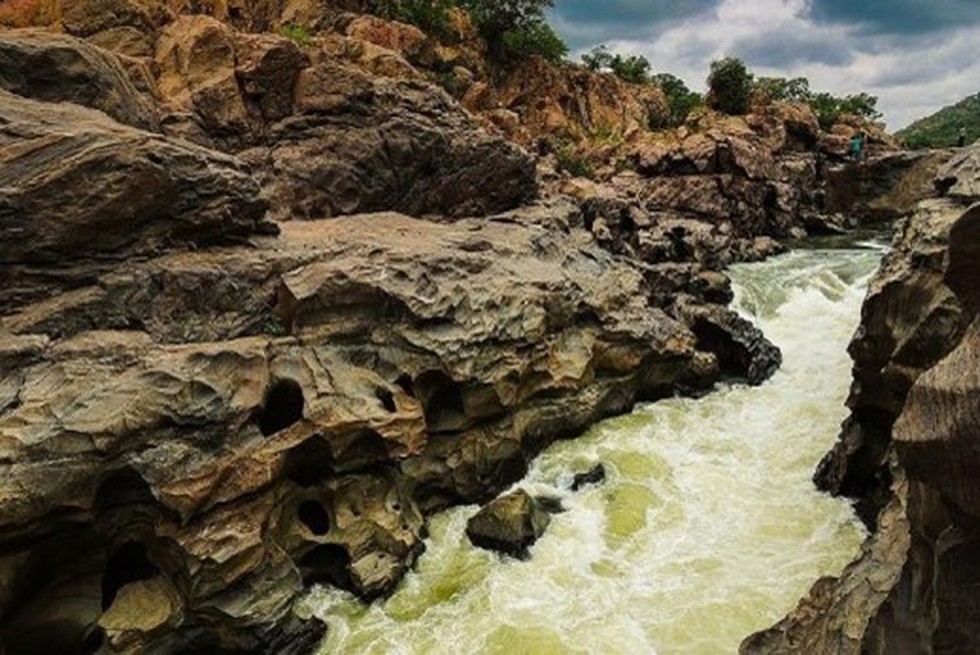
About Mekedatu Reservoir Project:
- The Mekedatu multi-purpose (drinking and power) project involves building a balancing reservoir near Kanakapura in Ramanagara district of Karnataka.
- It is 4 km from the Tamil Nadu border and 100 km from Bengaluru.
- The estimated Rs 9,000-crore project, once completed, is aimed at ensuring drinking water to Bengaluru and neighbouring areas (4.75 TMC) and it can also generate 400 MW of power.
- Named after the village where the project is expected to be constructed, the reservoir will have a capacity of 284,000 million cubic feet (TMC).
- The project is proposed at the confluence of Cauvery with its tributary Arkavathi.
- Issue:
- Tamil Nadu — the lower riparian state — has claimed that the project is against the interest of the state’s water requirement.
- The lower riparian state has to give its no-objection for any project that comes up on the Cauvery as per the Cauvery tribunal and Supreme Court order
2. Ashadha Purnima
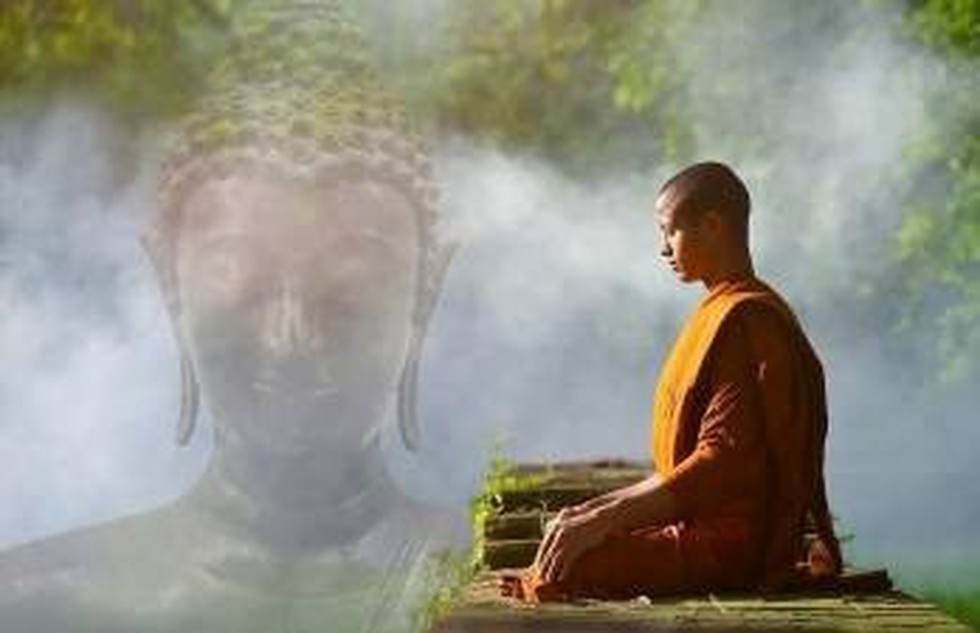
About Ashadha Purnima:
- The day is also celebrated as Guru Purnima and it falls every year on the full moon day of the month of Ashadha as per the Indian lunar calendar.
- The day is also celebrated as Esala Poya in Sri Lanka and Asanha Bucha in Thailand.
- The day is remembered for the first teaching of Gautam Budha after attaining Enlightenment to the first five ascetic disciples (pancavargiya) on at 'Deer Park', Risipatana Mrigadaya in the present day Sarnath, near Varanasi.
- This day is also aptly observed as Guru Purnima by both Buddhists and Hindus as a day to mark reverence to their gurus.
- This day also marks the beginning of the rainy season retreat for the Monks and Nuns also starts with this day.
- The season lasts for three months from July to October. During the season they remain in a single place, generally in their temples dedicated to intensive meditation.
3. Belarusian embassy in the Netherlands was reportedly vandalized
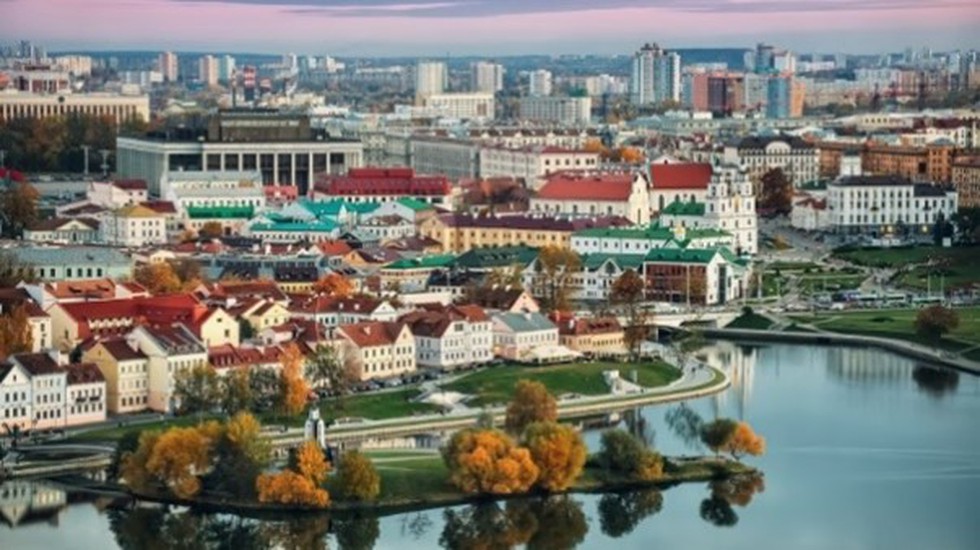
About Belarus:
- It is a landlocked country of eastern Europe.
- Bordering countries: It borders Russia to the northeast, Ukraine to the south, Poland to the west, and Lithuania and Latvia to the northwest.
- The capital and largest city is Minsk.
- Languages:
- Spoken languages are Belarusian (official) 24%, but 70% speak Russian (official).
- Ethnic Belarusians, who speak a language closely related to Russian and Ukrainian, make up more than three-quarters of the population.
- Relief:
- Much of the country consists of flat lowlands separated by low level-topped hills and uplands.
- About 40% of the country is forested; Białowieża Forest is one of the last and largest remaining parts of the immense primeval forest that once stretched across the European plain.
- Rivers:
- The greater part of the republic lies in the basin of the Dnieper—which flows across Belarus from north to south on its way to the Black Sea.
- The extreme southwestern corner of Belarus is drained by the Mukhavyets, a tributary of the Bug (Buh) River, which forms part of the border with Poland and flows to the Baltic Sea.
- Climate: It has a cool continental climate moderated by maritime influences from the Atlantic Ocean.
- Until it became independent in 1991, Belarus, formerly known as Belorussia or White Russia, was the smallest of the three Slavic republics included in the Soviet Union (the larger two being Russia and Ukraine).
4. INS Shivaji
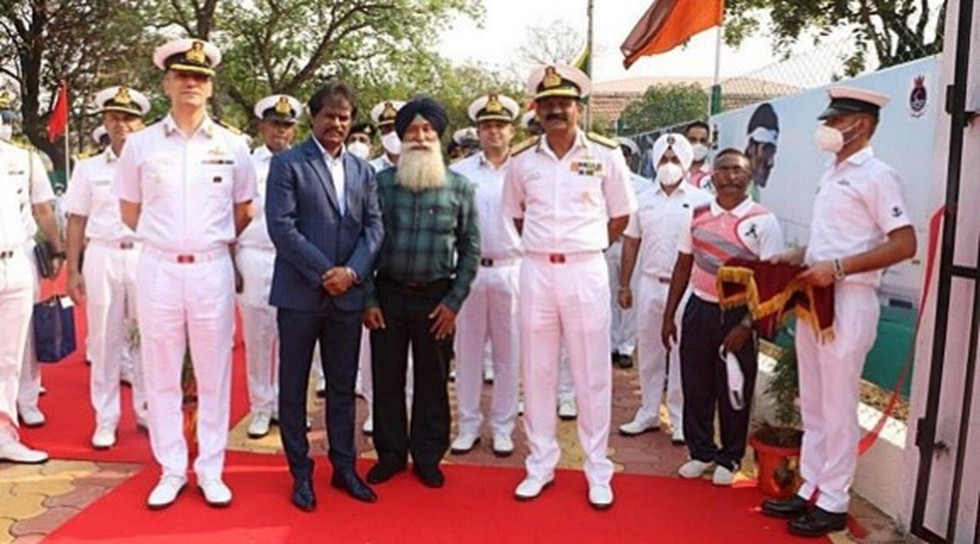
About INS Shivaji:
- It is an Indian Naval station placed in Lonavala, Maharashtra.
- It homes the Naval College of Engineering which trains officers of the Indian Navy and the Indian Coast Guard.
- Indian Navy already operates a primary damage manipulate simulator Akshat at INS Shivaji to train its officers and sailors on damage manage on a warship at sea.
- Indian Navy's Nuclear, Biological and Chemical Defence School and Center for Marine Engineering Technology also are also based here.
- INS Shivaji had its humble beginning as replacement for the ‘Stokers’ Training School’ at HMIS Dalhousie, in Naval Dockyard, Bombay.
- Commissioned with the aid of the then Governor of Bombay, Sir John Colville, as HMIS Shivaji on 15 February 1945, it has become INS Shivaji on 26 January 1950.
5. Nallamala Forest
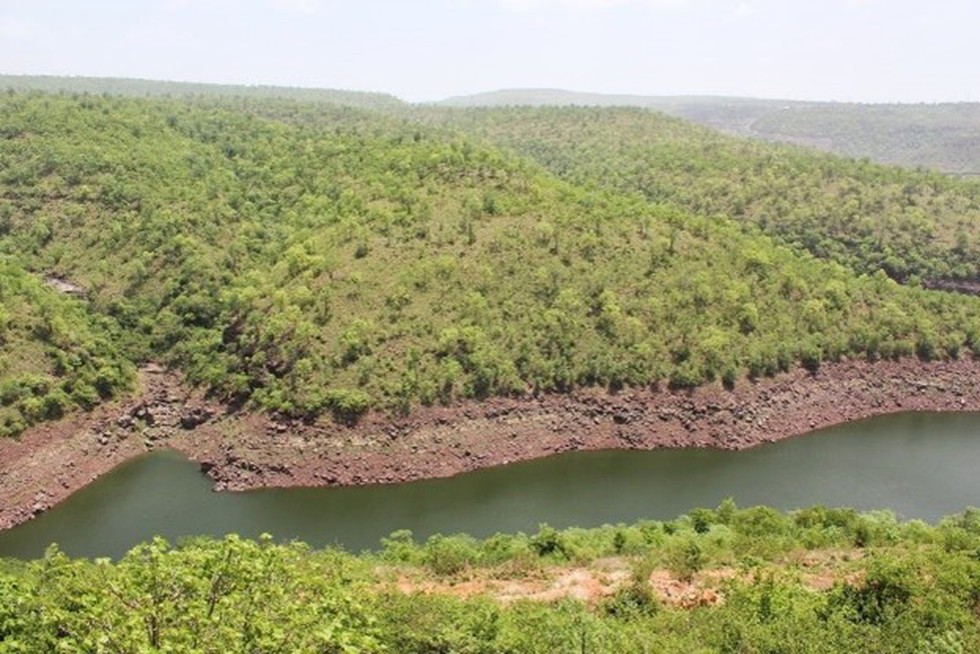
About Nallamala Forest:
- It is one of the largest stretches of undisturbed forest in South India, apart from the Western Ghats.
- Location:
- It is spread over five districts in the Indian states of Andhra Pradesh and Telangana.
- It is located in Nallamala Hills, which is a part of the Eastern Ghats.
- It lies south of the Krishna river.
- The forest has a good tiger population, and a part of the forest belongs to the Nagarjunsagar-Srisailam Tiger Reserve, the largest tiger reserve in the country.
- Climate:
- It has a warm to hot climate throughout the year, with summer especially hot and winters mostly cool and dry.
- It gets most of its rain during the South West monsoon.
- Vegetation: Tropical dry deciduous.
- Flora: It harbours endemic species like Andrographis nallamalayana, Eriolaena lushingtonii, Crotalaria madurensis var, Dicliptera beddomei and premna hamitonii.
- Fauna: It is home to as many as 700 species of animals besides tigers, leopards, such as black buck, wild hog, peacock, pangolin, Indian Python and King Cobras and several rare bird species.
6. Pangong Tso lake
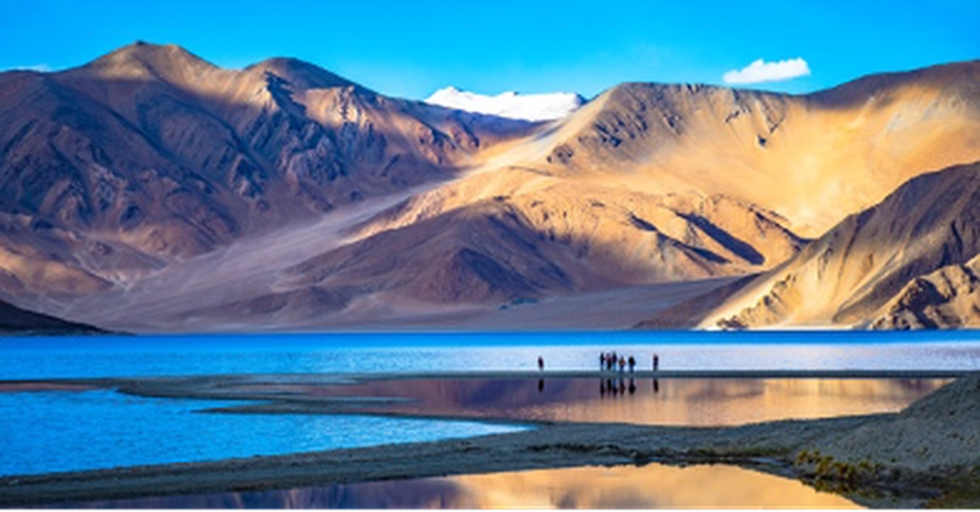
About Pangong Tso lake:
- It is one of the most famous lakes in Leh Ladakh, derives its name from the Tibetan word, “Pangong Tso”, which means “high grassland lake”.
- It is also known as Pangong Lake which is a long narrow, endorheic (landlocked) lake situated at a height of more than 14,000 ft (4,350 meters) in the Ladakh Himalayas.
- It is the world's highest saltwater lake.
- India holds one-third of the 135 km-long boomerang-shaped Pangong lake.
- One-third of the Pangong Lake lies in India and the other two-thirds in China.
- It is also known to change colours, appearing blue, green, and red at different times.
7. Diversity for Restoration (D4R) tool
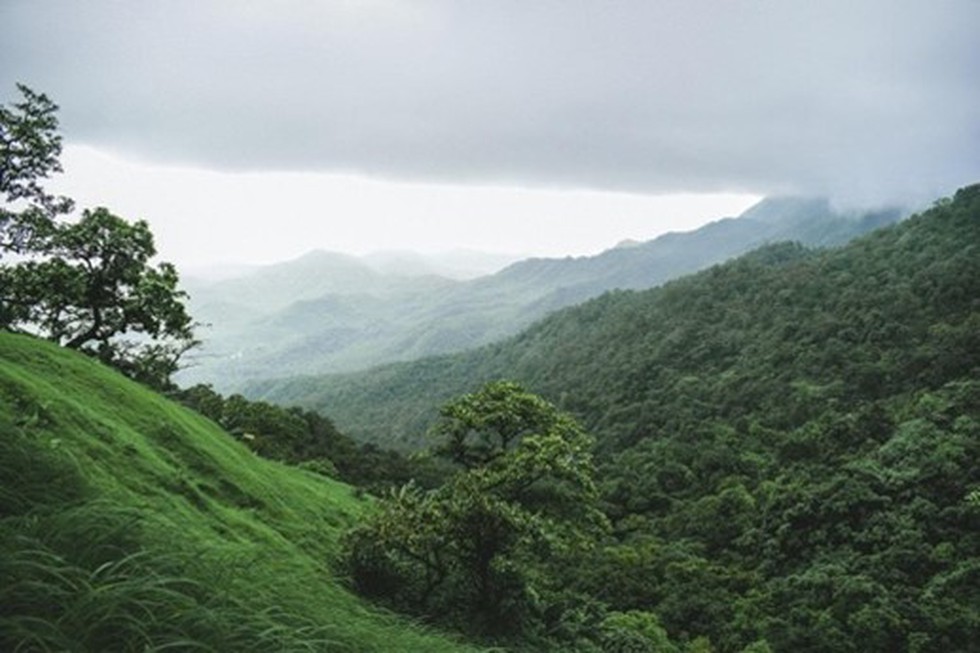
About Diversity for Restoration (D4R) tool:
- It is developed with information on 237 socio-economically important native trees from the Western Ghats.
- It is devised by Bioversity International.
- The team from Ashoka Trust for Research in Ecology and the Environment (ATREE), with the help of Bioversity International, modified it to promote restoration programmes in India.
Features
- The researchers have claimed the tool will help improve the effectiveness of restoration programmes by providing manifold benefits to interested stakeholders while promoting sustainable development.
- The online tool precisely aims to help better decision-making and bring the best outcome for those plantation programmes.
- It could improve socio-ecological perspectives and help stakeholders in decision-making.
- The tool helps the user in identifying species that match their restoration objectives.
- It further helps identify species that can resist local stresses and adapt to evolving environmental conditions.
- It also helps pinpoint areas and regions to procure the seeds for the required species.
- The tool has information about 100 plant functional traits that have been considered to offer the best possible solution.
- Functional traits include information on economic and ecological uses from the tree species chosen for plantation.
- The tool informs the user whether the tree species offers timber, fruit, manure or other commercial benefits.
- It also informs if the tree is resilient to physiological stresses such as extreme high or low temperatures, salinity or acidity tolerance in the soil among others.
- The tool could also identify windbreakers - the trees can act as a barrier against high winds.
- The user can also know if the species offers better nitrogen fixing and whether it serves as a good pollinator for birds and bees.
- This tool is already being used in countries such as Malaysia, Ethiopia, Columbia, Peru, Burkina Faso, Cameroon etc.
8. Ol Chiki script
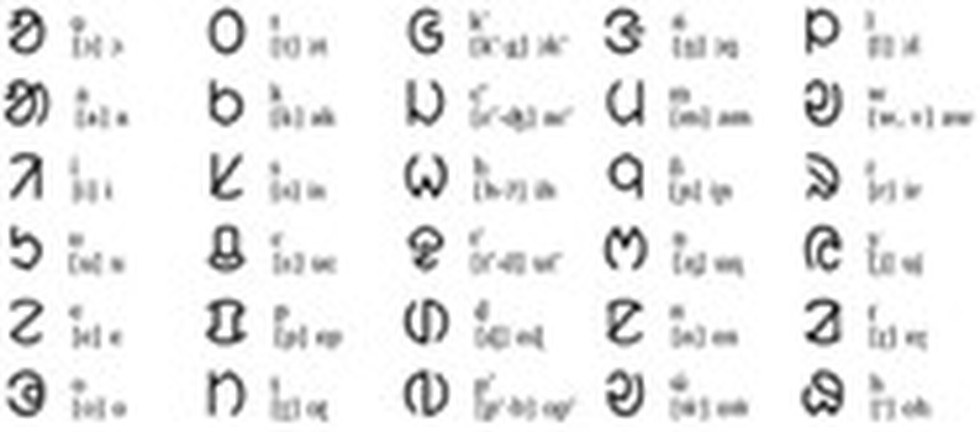
About Ol Chiki script:
- It was created in 1925 by Raghunath Murmu (1905-1982), writer and teacher from what is Mayurbhanj State (now part of Odisha) in India as a way to write Santhali a Munda language.
- Ol Chiki is also known as Ol Cemet', Ol Ciki, Ol or the Santhali alphabet.
- It was created as a way to promote Santhali culture.
- The script was first publicized in 1939 at the Mayurbhanj State exhibition.
- Murmu published over 150 books in Santhali in the Ol Chiki script, including novels, poetry, drama, grammars, dictionaries and other information about the language and script.
- Santhali is also written with the Latin, Odia, Bengali and Devanagari alphabets.
- Santhali language is spoken mainly in Jharkhand and West Bengal states in northern India, and also in northwestern Bangladesh, eastern Nepal and Bhutan.
Key facts about Hul Diwas
- The Santhal rebellion or ‘Hul’ – literally, revolution – began in 1855 two years before the uprising of 1857.
- It was an “organised war against colonialism” led by the Santals, standing against the myriad forms of economic oppression
- It was led by two brothers Sidhu and Kanhu.
- It saw the participation of as many as 32 caste and communities rallying behind them.
9. Octopus nursery

About Octopus nursery:
- The newly found nursery is almost two miles below the surface of the Pacific Ocean.
- This nursery belongs to the genus of Muusoctopus, and don’t have ink sacs - an organ found in most cephalopods.
Key facts about Octopus
- It is a marine mollusc and a member of the class Cephalopoda, more commonly called cephalopods.
- Cephalopoda means “head foot” in Greek, and in this class of organisms the head and feet are merged.
- A ring of eight equally-long arms surrounds the head. They use their arms to "walk" on seafloor.
- The undersides of the arms are covered with suction cups that are very sensitive to touch and taste.
- The sack-like body is perched atop the head, which has two complex and sensitive eyes, while the mouth is on the underside.
- They have three functioning hearts.
- Two of the hearts work exclusively to move blood to the gills, while the third pumps blood through the rest of the body.
- Their blood is copper-based which is more efficient at transporting oxygen at low temperatures and makes their blood blue in colour.
- They are solitary creatures excellent at camouflaging and concealing themselves.
- They are about 90 percent muscle, and because they lack bones, they can fit through very small spaces.
- Their skin contains cells called chromatophores that allow the octopus to change colour and pattern.
- They are found in every ocean of the world.
10. Wildlife Crime Control Bureau

About Wildlife Crime Control Bureau:
- It is a statutory multi-disciplinary body established by the Government of India to combat organized wildlife crime in the country.
- It was constituted by amending the Wild Life (Protection) Act, 1972.
- Nodal Ministry: The Ministry of Environment and Forests.
- Headquarter: New Delhi
- Mandate: Under the Wild Life (Protection) Act, 1972it is mandated to
- To collect and collate intelligence related to organized wildlife crime activities and to disseminate the same to State and other enforcement agencies for immediate action so as to apprehend the criminals.
- To establish a centralized wildlife crime data bank.
- To assist foreign authorities and international organization concerned to facilitate co-ordination and universal action for wildlife crime control.
- In capacity building of the wildlife crime enforcement agencies for scientific and professional investigation into wildlife crimes and assist State Governments to ensure success in prosecutions related to wildlife crimes;
- It advises the Government of India on issues relating to wildlife crimes having national and international ramifications, relevant policy and laws.
- It also assists and advises the Customs authorities in inspection of the consignments of flora & fauna as per the provisions of Wild Life Protection Act, CITES and EXIM Policy governing such an item.
- It has developed an online Wildlife Crime Database Management System to get real time data in order to help analyse trends in crime and devise effective measures to prevent and detect wildlife crimes across India.
- This system has been successfully used to analyse trends, helping put in preventive measures as well as for successfully carrying out operations such as Operation SAVE KURMA, THUNDERBIRD, WILDNET, LESKNOW, BIRBIL, THUNDERSTORM, LESKNOW-II


.jpg)
.png)
.png)
























































































































































.png)
.png)
.png)
.png)
.png)


.png)
.png)
.png)





.png)
.png)






.png)
.png)
.png)
.png)
.png)
.png)
.png)
.png)
.png)

.png)







.png)
.png)


.png)
.png)
.png)


.png)

.png)
.png)





.jpg)

.png)
.png)


.png)

.png)
.png)
.png)

.jpg)

.jpg)


.png)

.png)
.png)
.png)
.png)
.png)
.png)
.png)
.png)
.png)
.png)




.png)

.png)





.png)
.png)
.png)
.png)
.png)
.png)
.png)
.png)
.png)
.jpg)

.png)
.png)
.png)
.png)
.png)
.png)
.png)
.png)
.png)
.png)
.png)
.png)
.png)
.png)
.png)
.png)
.png)
.png)
.png)
.png)
.png)



.png)
.png)

.jpg)
.jpg)


.jpg)
.jpg)
.jpg)
.jpg)
.jpg)

.jpg)








.jpg)
.jpg)
.jpg)
.jpg)
.jpg)

















.jpg)
.jpg)







.jpg)


















.jpg)
.jpg)






























































































.jpg)
.jpg)


























.jpg)

.jpg)










.jpg)








.jpg)




.jpg)










.jpg)


















.jpg)












































.jpg)














.jpg)
.jpg)
.jpg)





.jpg)

.jpg)
.jpg)





































































.jpg)


































.jpg)
.jpg)
















































.jpg)












.jpg)


.jpg)




.jpg)
.jpg)
.jpg)

.jpg)
.jpg)
.jpg)
.jpg)

.jpg)
.jpg)
.jpg)

.jpg)
.jpg)
.jpg)
.jpg)
.jpg)
.jpg)
.jpg)
.jpg)

.jpg)


.jpg)
.jpg)
.jpg)
.jpg)
.jpg)
.jpg)
.jpg)
.jpg)
.jpg)
.jpg)











.jpg)
.jpg)





.jpg)
.jpg)
.jpg)
























.jpg)
























.jpg)









.jpg)
.jpg)







.jpg)
.jpg)









































.jpg)
.jpg)
.jpg)
.jpg)
.jpg)

.jpg)
.jpg)
.jpg)
.jpg)
.jpg)


.jpg)
.jpg)
.jpg)
.jpg)
.jpg)

.jpg)
.jpg)
.jpg)
.jpg)
.jpg)
.jpg)
.jpg)
.jpg)
.jpg)
.jpg)
.png)

.png)
.png)

.png)
.png)
.png)
.png)


.jpg)
.jpg)

.jpg)
.jpg)
.jpg)

.png)
.png)
.png)
.png)
.png)
.png)
.png)

.png)
.png)
.png)
.png)
.png)
.png)
.png)
.png)
.png)
.png)





































































-min.png)



.png)




.png)








































